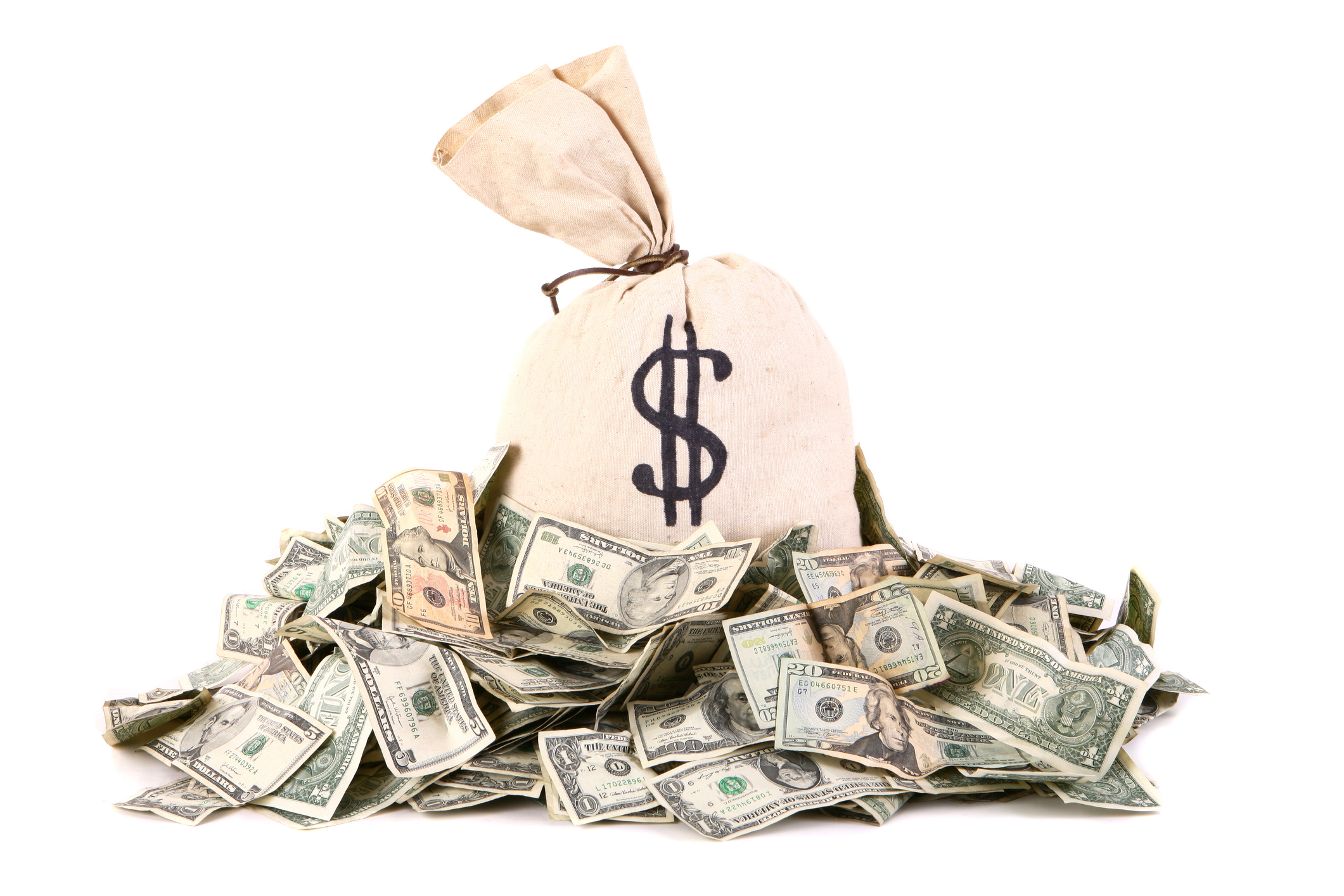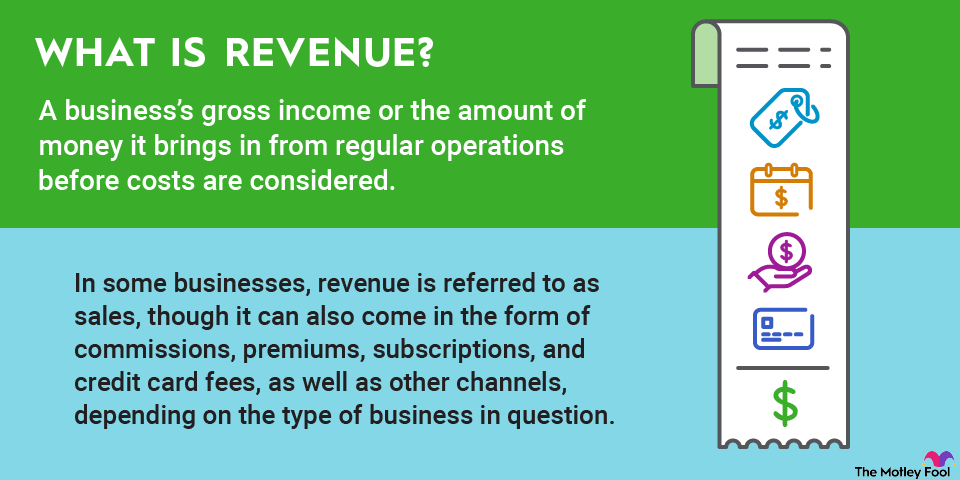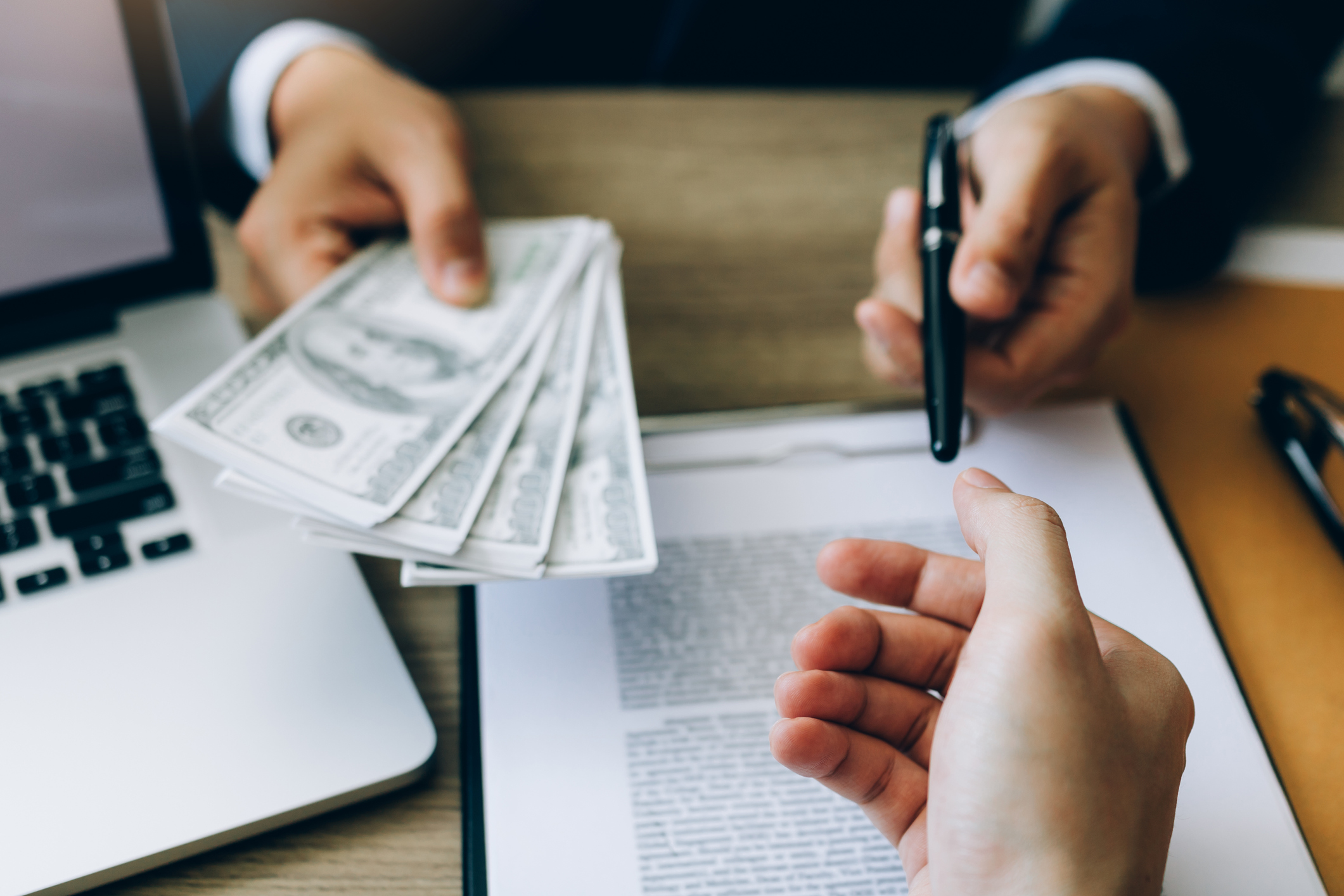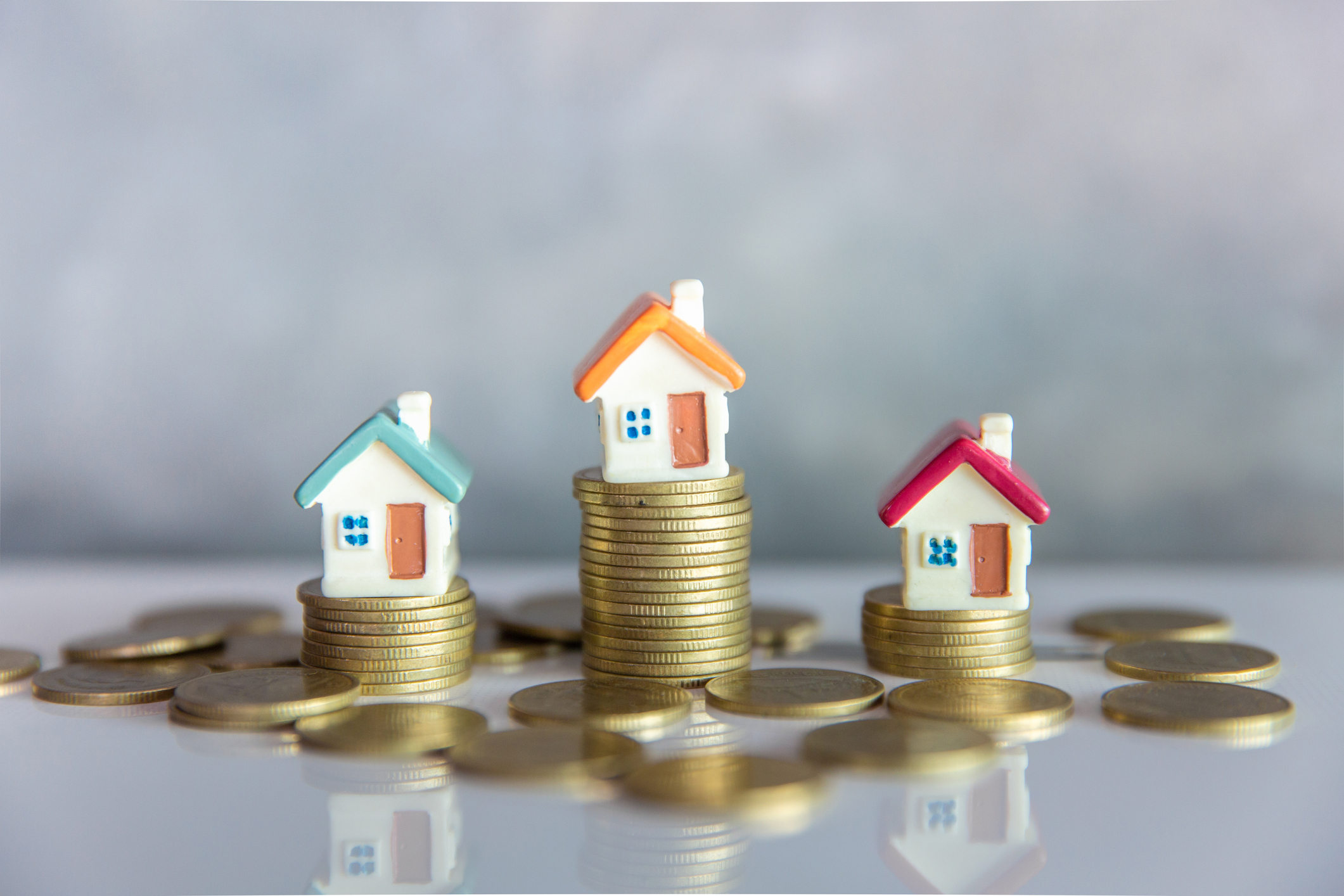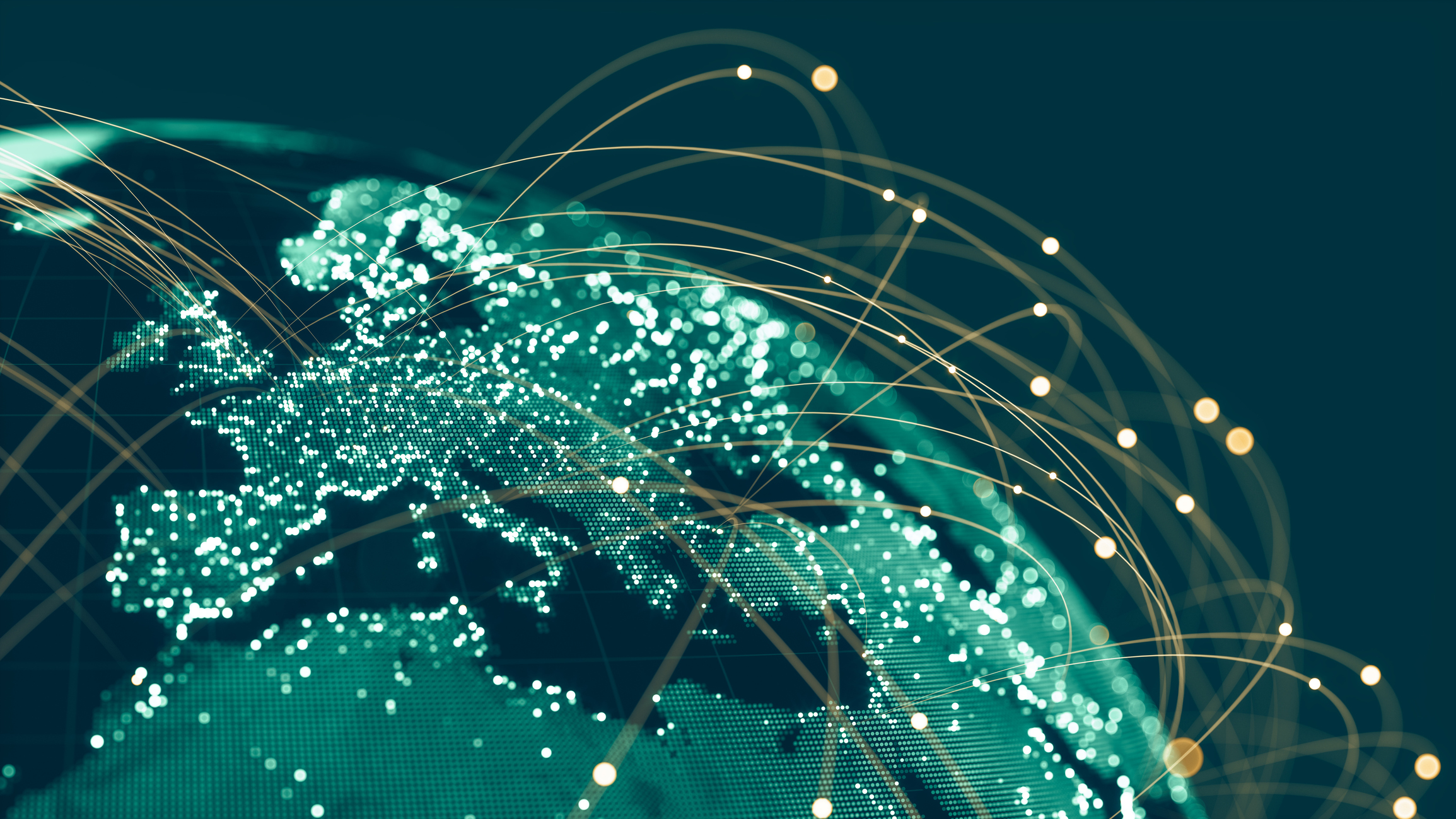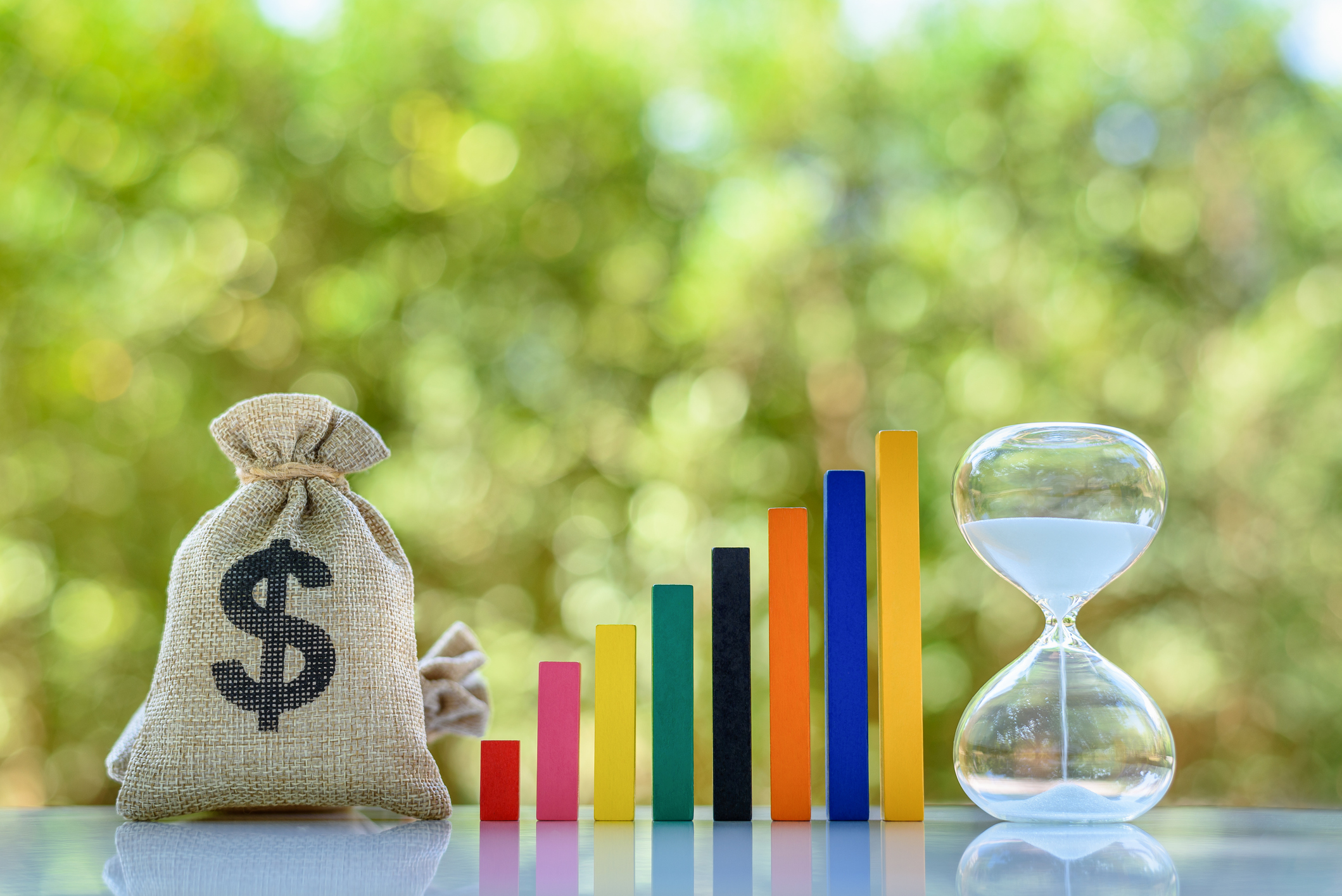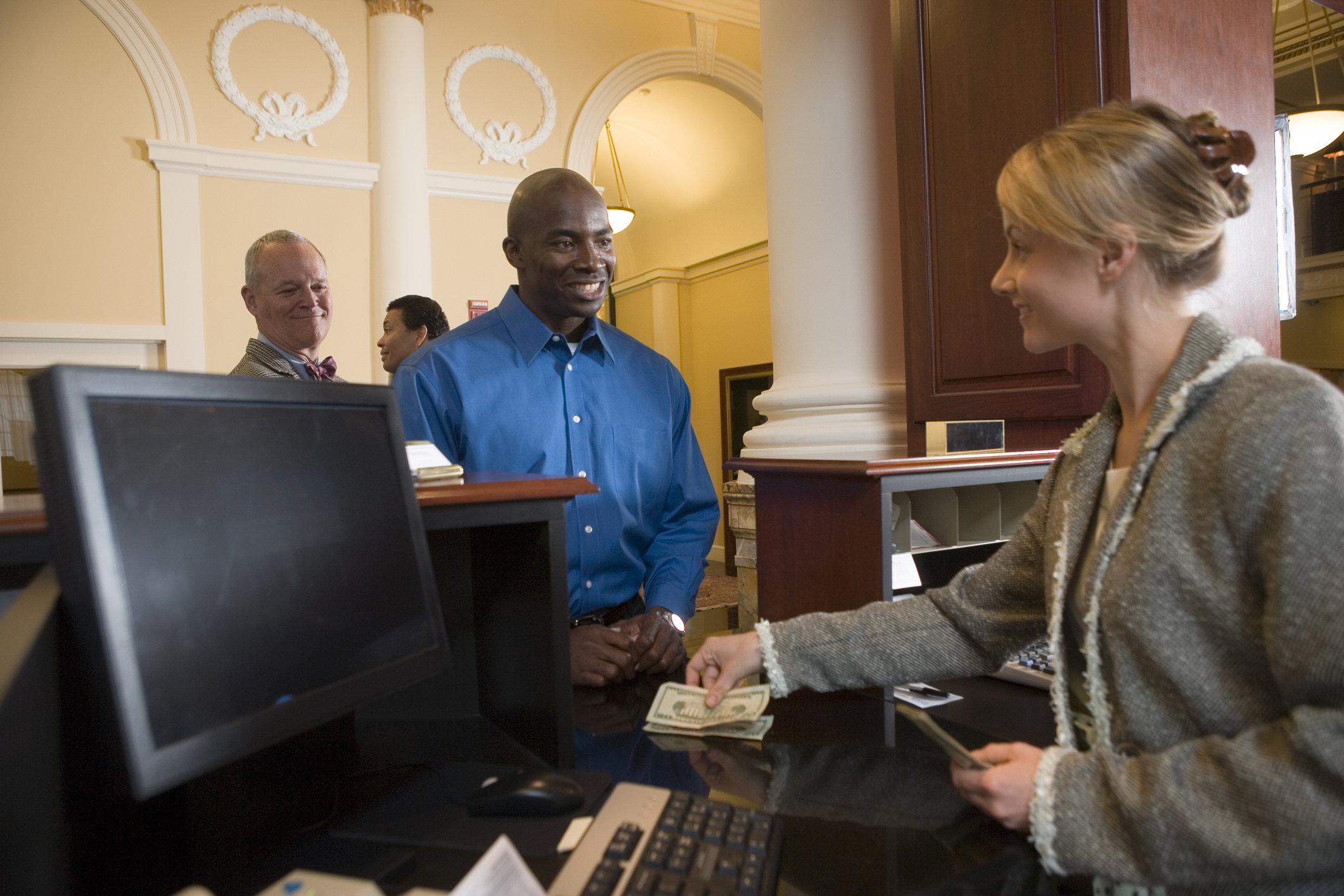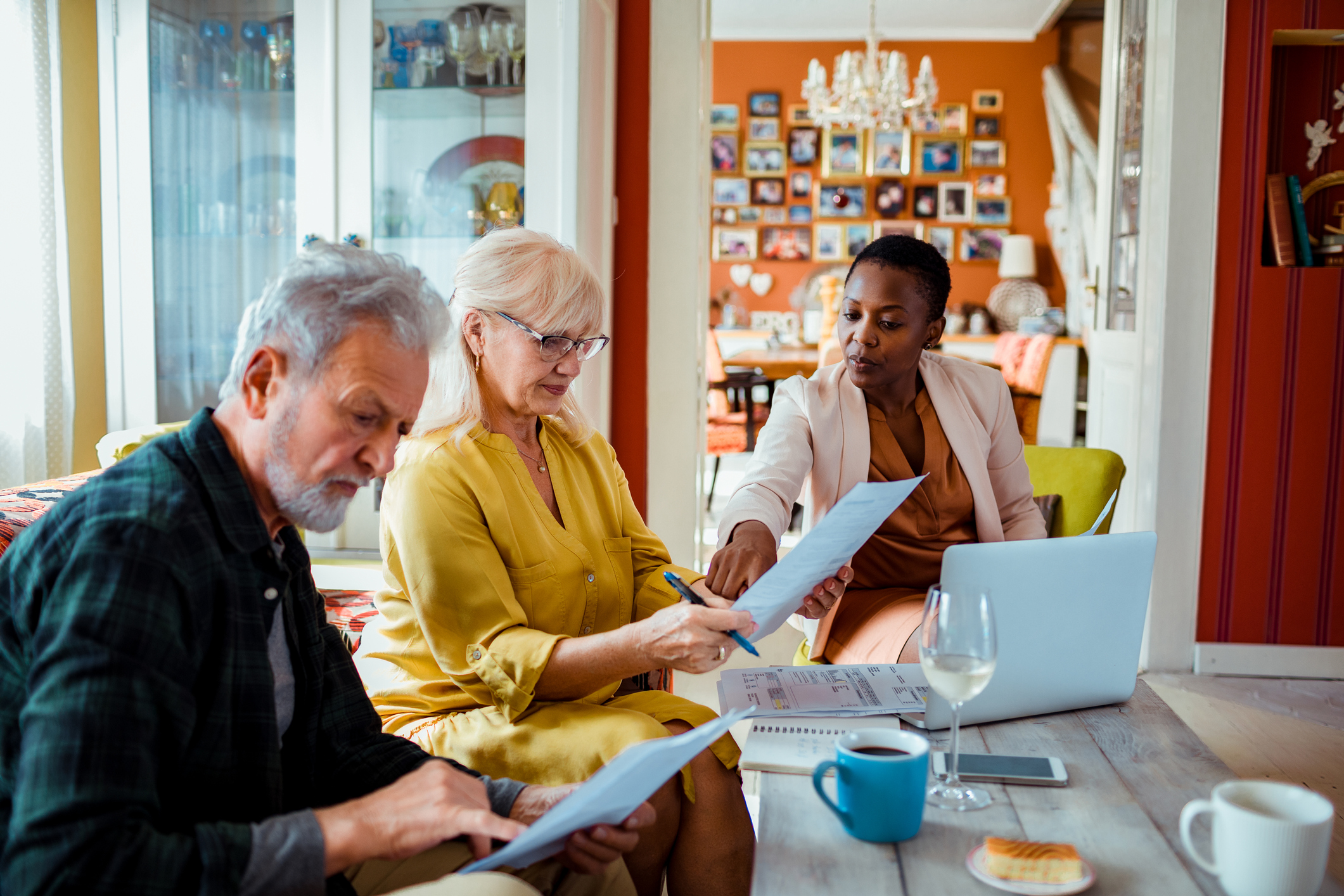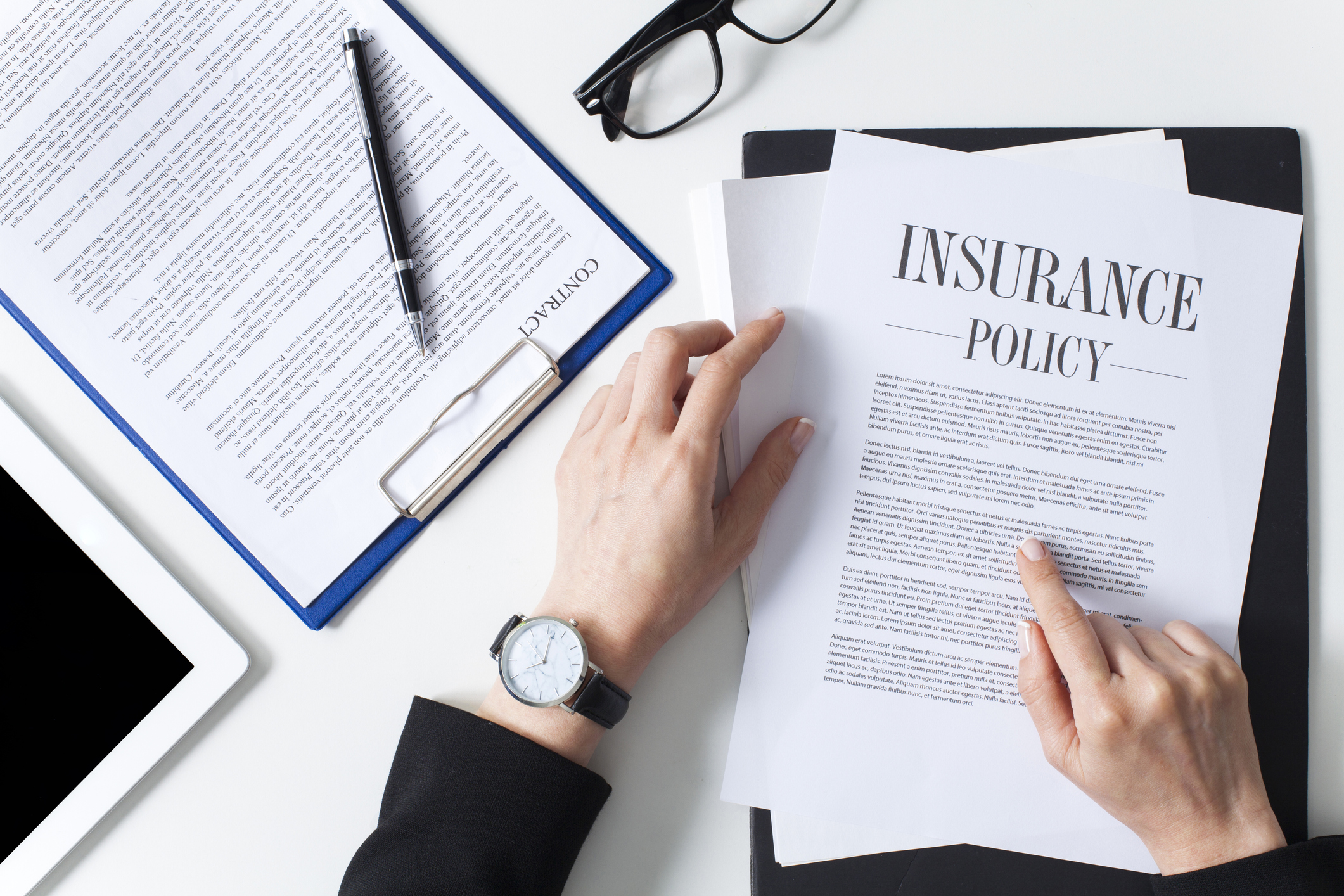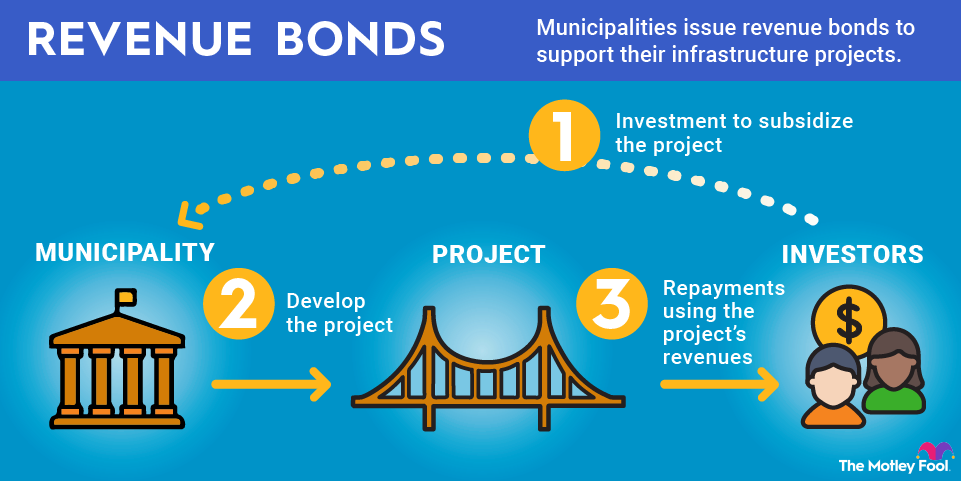Investors are increasingly hearing about real-world asset (RWA) tokenization these days. Proponents assert that RWA tokenization represents a potential transformation in the financial landscape by addressing several limitations of traditional finance. However, the reality may be far more complex. If you’re interested in RWA tokenization, what it is, and how it works, keep on reading.

What is real-world asset (RWA) tokenization?
RWA tokenization is the process of converting ownership rights of real-world assets, including tangible and intangible assets, into digital tokens on a blockchain. A blockchain is a decentralized, distributed digital ledger that records transactions. The process of RWA tokenization essentially creates a digital representation of a real asset, allowing it to be traded, managed, and tracked on a blockchain. These tokens can represent anything from real estate and commodities to financial instruments like bonds or even art.
RWA tokenization can allow traditionally illiquid assets to be divided into smaller, tradable units (tokens), increasing their market reach and making them easier to buy and sell. Tokenization can also lower the barrier to entry for high-value investments by allowing investors to purchase small portions of an asset, potentially democratizing access to opportunities that historically have been reserved for institutions or wealthy individuals.
How does RWA tokenization work?
In the process of RWA tokenization, the first step is to create a digital token that represents the real-world asset. This could be a fungible token (like a share of a company) or a non-fungible token (like a deed to a house). Fungible tokens, like cryptocurrencies, are interchangeable and divisible, meaning one unit is equal to another of the same type and value. Non-fungible tokens (NFTs), on the other hand, are unique and non-divisible, representing ownership of a specific, irreplaceable digital or physical asset.
Once created, the token is then recorded on a blockchain. Smart contracts are used to automate various aspects of the tokenization of the asset, such as ownership transfer or other contractual agreements. These contracts are self-executing digital agreements written in code, stored, and executed on a blockchain.
Since the asset itself exists in the real world, oracles are often used to bridge the gap and verify the asset's existence and value. An oracle is a service that provides smart contracts with access to external, off-chain data, acting as a bridge to connect the world of blockchains and smart contracts with real-world information and systems.
Once tokenized, these assets can be traded on decentralized exchanges, potentially enabling fractional ownership, not to mention accessibility to a broad swathe of investors. Remember, assets like real estate, commodities, equities, bonds, artwork, and even intellectual property can all be tokenized through RWA tokenization.
What are the key benefits and risks of RWA tokenization?
Tokenization enables the division of high-value assets into more affordable units, which can allow a larger number of investors to participate in ownership. Proponents say the use of blockchain technology in RWA tokenization also reduces the need for intermediaries and potentially increases trust in the markets adopting RWA tokenization. In theory, tokenized assets can be traded globally and 24/7, potentially opening up new markets and investment opportunities.
Investors should understand that the regulatory landscape for RWA tokenization is still evolving, and this lack of clarity can create significant uncertainty. Accurately valuing and safely storing or managing physical assets that are represented by tokens can also be challenging. The value of tokenized assets can also be influenced by the volatility of the cryptocurrency market, especially if they are traded on decentralized exchanges, which adds an extra layer of risk and complexity that investors should be aware of.
Related investing topics
RWA tokenization in the real world
Imagine tokenizing a piece of real estate. Instead of traditional paperwork and other procedures involved with buying and selling real estate, the property is represented by digital tokens. These tokens can be bought and sold on a decentralized exchange, allowing for fractional ownership (e.g., someone can buy 10% of the property) and potentially a faster and cheaper transaction.
Investors can purchase RWA tokens through various methods, including tokenization platforms as well as launchpads that facilitate the tokenization of assets and connect projects with investors. RWA tokens can also be purchased through centralized exchanges, decentralized exchanges, and even tokenized funds.
Although RWA tokenization has the potential to revolutionize asset ownership and trading, it is crucial to understand the associated risks before participating in this emerging market. Long-term investors interested in putting cash into this space should only do so alongside a well-diversified investment portfolio of more traditional assets such as stocks and bonds.



